Introduction to PCB Assembly and Reflow Soldering
Printed Circuit Board (PCB) assembly is a crucial process in the manufacturing of electronic devices. It involves the placement and soldering of electronic components onto a PCB to create a functional circuit. One of the most popular methods used in PCB assembly is reflow soldering, which is a process that uses a reflow oven to melt and solidify solder paste, creating a strong bond between the components and the PCB.
Reflow soldering is preferred over other methods like wave soldering due to its precision, reliability, and ability to handle high-density PCBs with small components. It is a highly automated process that can produce large volumes of PCBs quickly and efficiently.
In this article, we will explore the various aspects of reflow soldering PCB assembly and the service providers who offer this critical service.
The Reflow Soldering Process
Reflow soldering is a multi-step process that involves several stages. The first step is to apply solder paste to the PCB using a stencil or screen printing method. The solder paste is a mixture of tiny solder balls suspended in a flux medium that helps to clean and protect the metal surfaces during the soldering process.
Once the solder paste is applied, the components are placed onto the PCB using a pick-and-place machine. The machine uses a vacuum nozzle to pick up the components from a feeder and place them precisely on the PCB pads.
After the components are placed, the PCB is then loaded onto a conveyor belt that carries it through the reflow oven. The oven has several heating zones that gradually raise the temperature of the PCB to the melting point of the solder paste. The solder paste then melts and flows around the component leads, creating a strong bond between the components and the PCB pads.
Finally, the PCB is cooled to room temperature, and the solder solidifies, creating a permanent connection between the components and the PCB.
Advantages of Reflow Soldering
Reflow soldering offers several advantages over other PCB assembly methods. Some of the key benefits include:
-
High precision: Reflow soldering allows for the precise placement of small components onto high-density PCBs, ensuring a high degree of accuracy and reliability.
-
Consistency: The automated nature of reflow soldering ensures consistent quality across large volumes of PCBs, reducing the risk of human error.
-
Speed: Reflow soldering is a fast process that can produce large quantities of PCBs in a short amount of time, making it ideal for high-volume production runs.
-
Cost-effective: Reflow soldering is a cost-effective method for PCB assembly, especially for large production runs, as it reduces the need for manual labor and minimizes the risk of errors and rework.
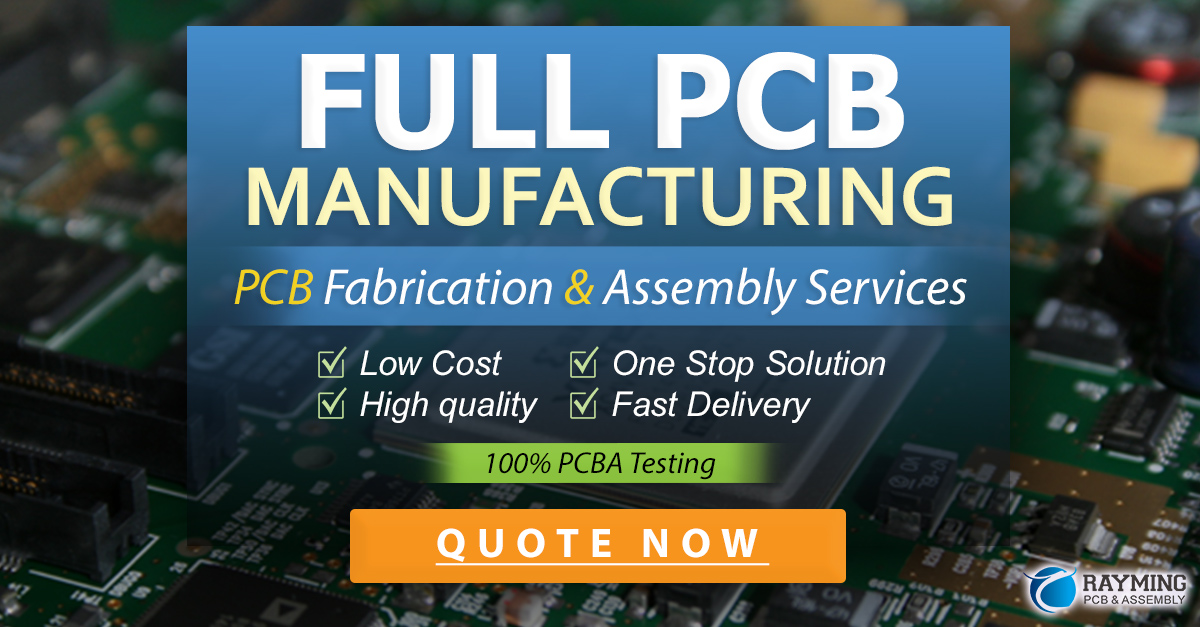
Choosing a Reflow Soldering PCB Assembly Service Provider
When choosing a reflow soldering PCB assembly service provider, there are several factors to consider. Some of the key considerations include:
-
Experience and expertise: Look for a service provider with a proven track record of delivering high-quality PCB assembly services using reflow soldering technology.
-
Quality control: Ensure that the service provider has a robust quality control process in place to ensure the consistency and reliability of the PCBs produced.
-
Capacity and turnaround time: Consider the service provider’s production capacity and ability to meet your project’s timeline and volume requirements.
-
Cost: Compare the costs of different service providers to ensure you are getting a competitive price for the level of quality and service you require.
-
Customer support: Look for a service provider that offers excellent customer support and communication throughout the project lifecycle.
Top Reflow Soldering PCB Assembly Service Providers
There are many reflow soldering PCB assembly service providers available in the market, each with their own strengths and capabilities. Here are some of the top service providers:
1. Accelerate Technologies
Accelerate Technologies is a leading provider of PCB assembly services, including reflow soldering. They have a state-of-the-art facility equipped with the latest technology and equipment to handle high-volume production runs. They also offer a range of value-added services such as design for manufacturability (DFM) analysis, component sourcing, and testing.
2. PNC Inc.
PNC Inc. is a full-service PCB assembly provider that specializes in reflow soldering. They have a team of experienced engineers and technicians who can handle complex PCB designs and high-density layouts. They also offer rapid prototyping services for customers who need quick turnaround times.
3. Superior Electronics, Inc.
Superior Electronics, Inc. is a one-stop-shop for PCB assembly services, including reflow soldering. They have a fully automated production line that can handle both small and large volume orders. They also offer a range of post-assembly services such as conformal coating, potting, and labeling.
4. PCB World Solutions
PCB World Solutions is a global provider of PCB assembly services, with facilities in the United States, China, and India. They offer reflow soldering services using the latest equipment and techniques to ensure high-quality results. They also provide a range of other services such as PCB design, component sourcing, and testing.
5. Advanced Assembly
Advanced Assembly is a leading provider of Turnkey PCB assembly services, including reflow soldering. They have a highly automated production process that can handle both small and large volume orders with fast turnaround times. They also offer a range of value-added services such as BOM optimization, DFM analysis, and functional testing.
| Service Provider | Location | Specialties | Certifications |
|---|---|---|---|
| Accelerate Technologies | USA | High-volume production, DFM analysis, component sourcing, testing | ISO 9001, ISO 13485, UL |
| PNC Inc. | USA | Complex PCB designs, high-density layouts, rapid prototyping | ISO 9001, ITAR |
| Superior Electronics, Inc. | USA | Fully automated production, post-assembly services | ISO 9001, ISO 13485, ITAR |
| PCB World Solutions | USA, China, India | Global footprint, PCB design, component sourcing, testing | ISO 9001, UL |
| Advanced Assembly | USA | Turnkey PCB assembly, BOM optimization, DFM analysis, functional testing | ISO 9001, IPC-A-610 |
FAQs
1. What is the difference between reflow soldering and wave soldering?
Reflow soldering and wave soldering are two different methods used in PCB assembly. Reflow soldering uses a reflow oven to melt and solidify solder paste, while wave soldering uses a molten solder wave to coat the bottom side of the PCB. Reflow soldering is better suited for high-density PCBs with small components, while wave soldering is better for through-hole components.
2. How long does the reflow soldering process take?
The reflow soldering process typically takes a few minutes, depending on the size and complexity of the PCB. The actual soldering process in the reflow oven takes only a few seconds, but the entire process including solder paste application, component placement, and cooling can take several minutes.
3. Can reflow soldering handle both surface mount and through-hole components?
Yes, reflow soldering can handle both surface mount and through-hole components. However, it is more commonly used for surface mount components, as they are smaller and more difficult to solder using other methods. Through-hole components can be soldered using a separate process after reflow soldering.
4. What is the maximum temperature used in reflow soldering?
The maximum temperature used in reflow soldering depends on the type of solder paste and the components being used. Typically, the peak temperature ranges from 220°C to 250°C, but it can go up to 260°C for some lead-free solder pastes.
5. How do I choose the right reflow soldering PCB assembly service provider for my project?
When choosing a reflow soldering PCB assembly service provider, consider factors such as their experience and expertise, quality control processes, production capacity and turnaround time, cost, and customer support. Look for a provider that has a proven track record of delivering high-quality results and can meet your project’s specific requirements.
Conclusion
Reflow soldering is a critical process in PCB assembly that offers high precision, consistency, speed, and cost-effectiveness. When choosing a reflow soldering PCB assembly service provider, it is important to consider their experience, quality control, capacity, cost, and customer support.
By partnering with a reputable service provider, you can ensure that your PCBs are assembled to the highest quality standards, with fast turnaround times and competitive pricing. Whether you are a small startup or a large enterprise, there is a reflow soldering PCB assembly service provider that can meet your needs and help bring your electronic products to market quickly and efficiently.
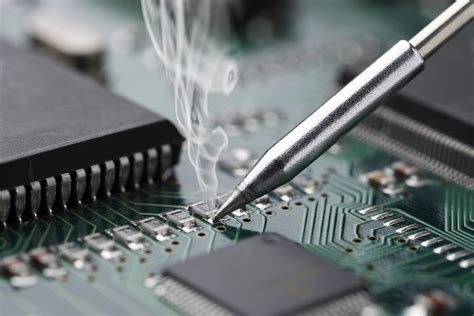
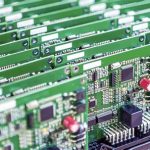

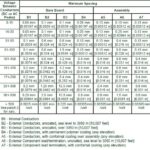

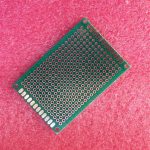
Leave a Reply